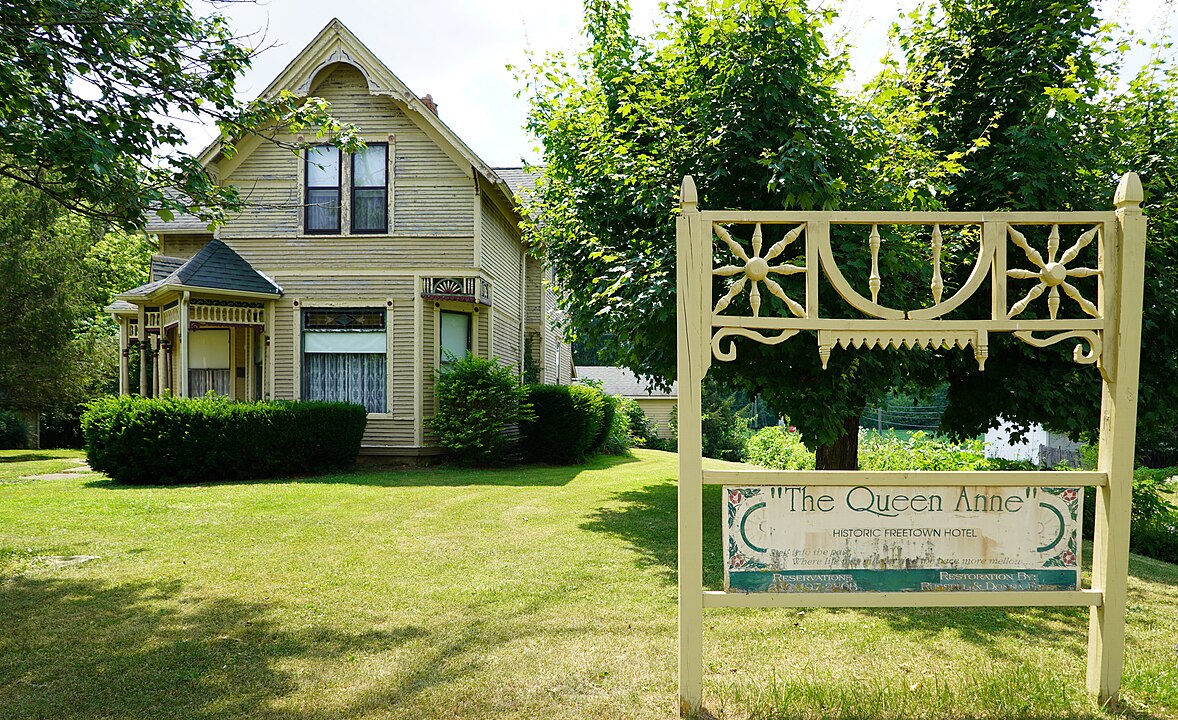Older American houses solved daily problems with simple, low-tech features that still make sense. Built-ins saved floor space, transoms moved air, and porches cooled rooms before air-conditioning existed. Many ideas also support safety and community, like mudrooms that trap dirt or shutters that protect windows in storms. With code-compliant updates, these details fit today’s energy-smart goals and busy routines. Here are twelve forgotten features that could return, making small homes feel larger, quieter, and easier to live in.
1. Built-In Storage That Replaces Tippy Furniture
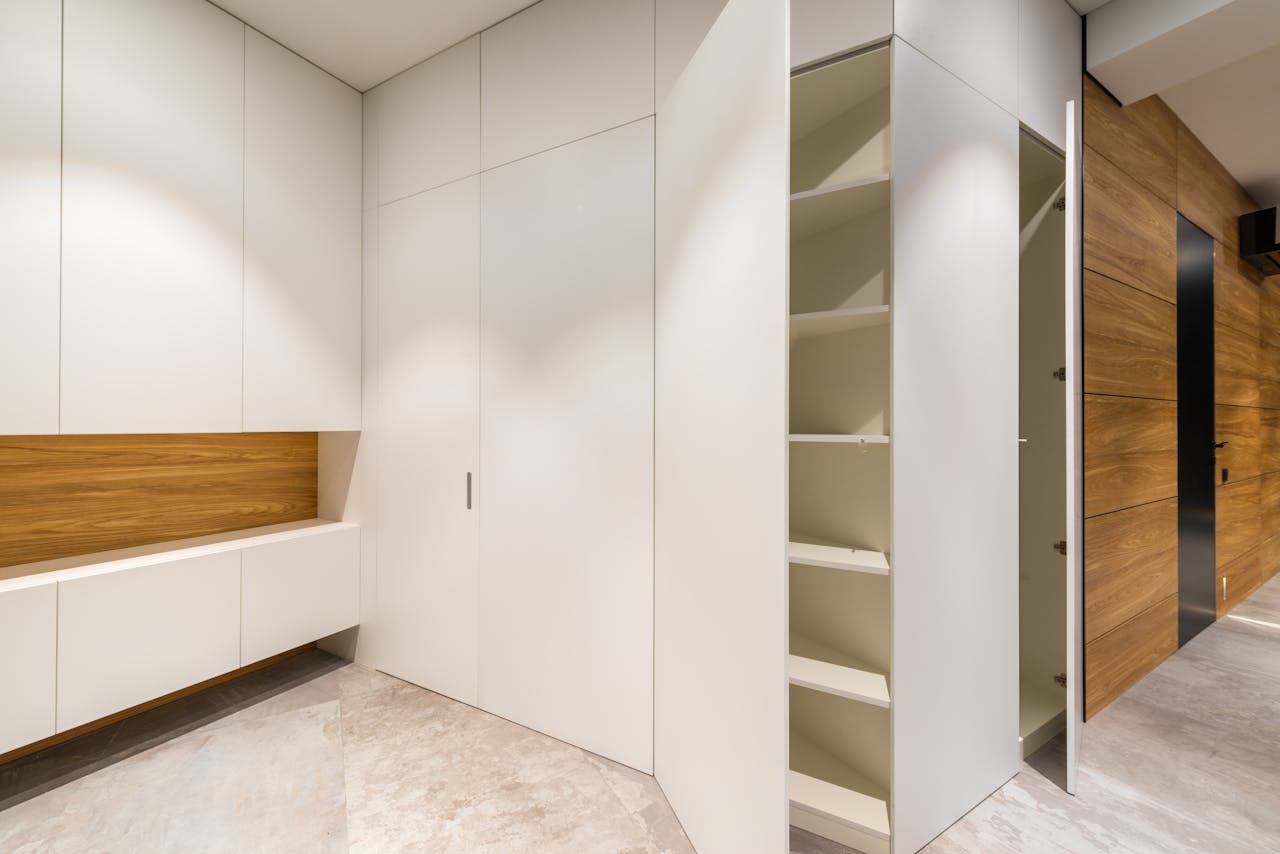
Wall-to-wall bookcases, window seats with drawers, and dining-room sideboards keep floors clear and rooms calm. Built-ins are anchored, so they reduce tip-over risk compared with tall, freestanding dressers. They also create tucked-away charging nooks that control cable clutter. Painted to match trim, storage visually disappears, which helps small rooms feel bigger. Add soft-close hardware for quiet mornings, and include a vent gap so HVAC supply grilles are not blocked.
2. Transom Windows For Breezes And Light
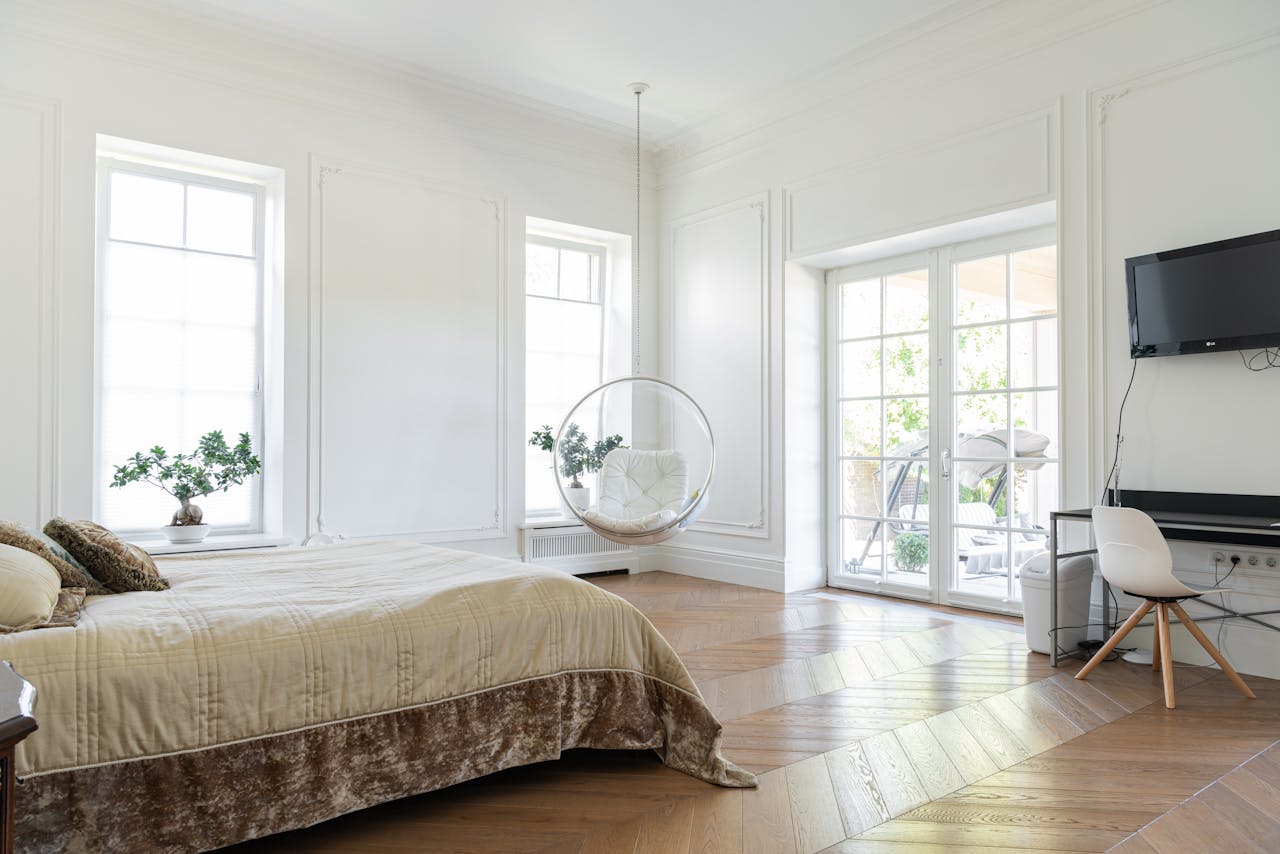
Hinged transoms over doors once pushed warm air out and pulled cooler air through halls. Reviving them improves cross-ventilation, reduces daytime lamp use, and keeps privacy when a door stays shut. In shared bedrooms or dorm-style houses, a louvered or operable transom lets air move without loud fans. Use modern weatherstripping for winter, and include insect screens for summer. Clear or reeded glass keeps light flowing while hiding clutter.
3. Sleeping Porches For Cooler Nights

Screened sleeping porches gave families a bug-screened, breezy place to rest on hot nights. They still work in shoulder seasons, cutting air-conditioner hours and making mornings feel fresh. A ceiling fan on a low setting will move air quietly, while roll-down shades block glare. In cities, choose acoustic screen fabric to soften street noise. Provide locking screen-doors and motion lighting for security, and store bedding in a built-in bench to keep it clean.
4. Pocket-Doors That Save Real Floor Space
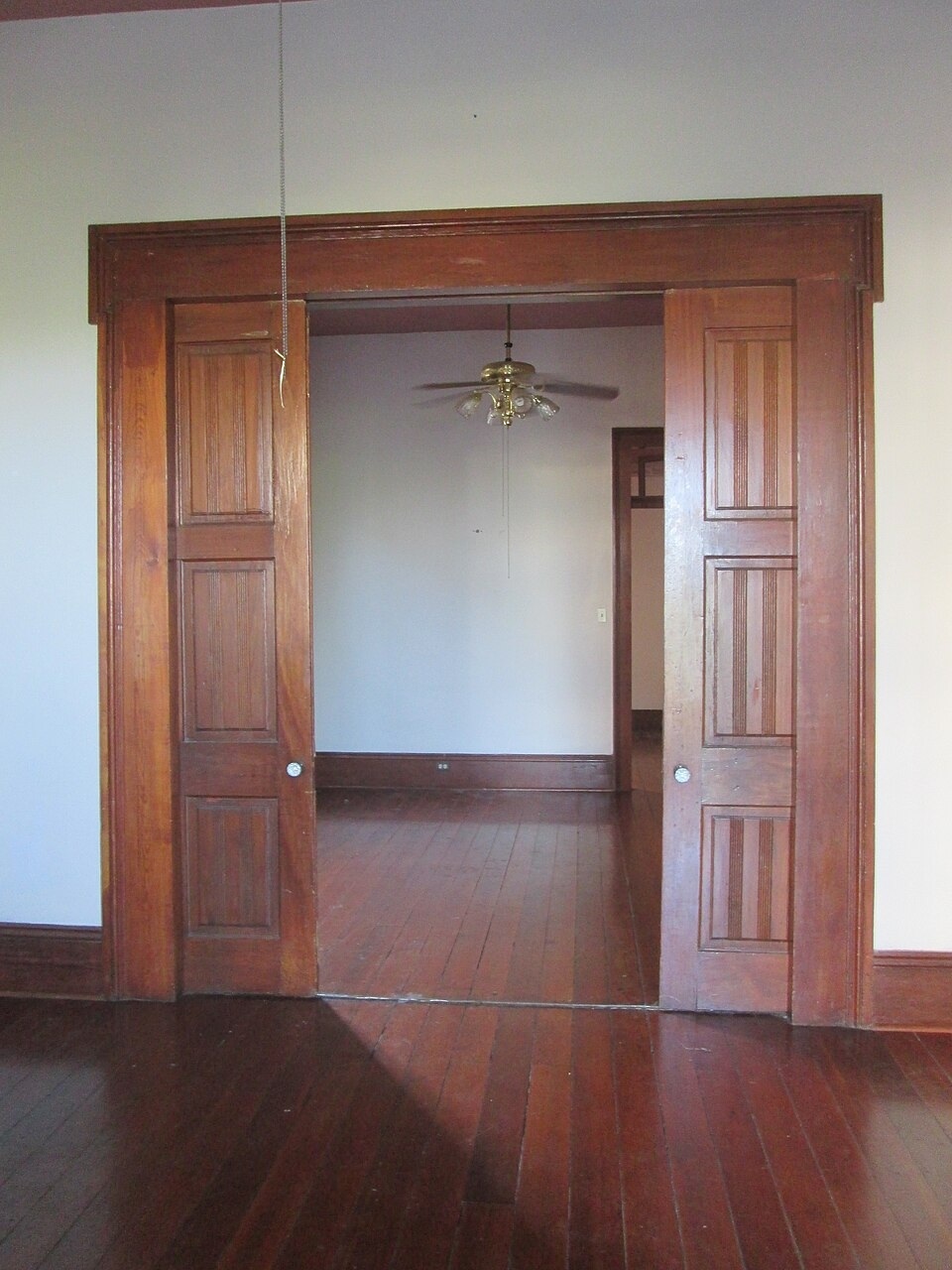
Pocket-doors slide into the wall, freeing the 30 to 36 inches of swing clearance a hinge needs. That extra area fits a desk, a reading chair, or safer traffic flow in narrow halls. Modern soft-close kits stop slamming and keep doors aligned. Use full-height pulls for accessibility, and specify solid-core panels for sound control. Add a floor guide and a removable jamb panel so hardware is serviceable without opening the wall.
5. Butler’s Pantry For Mess Control
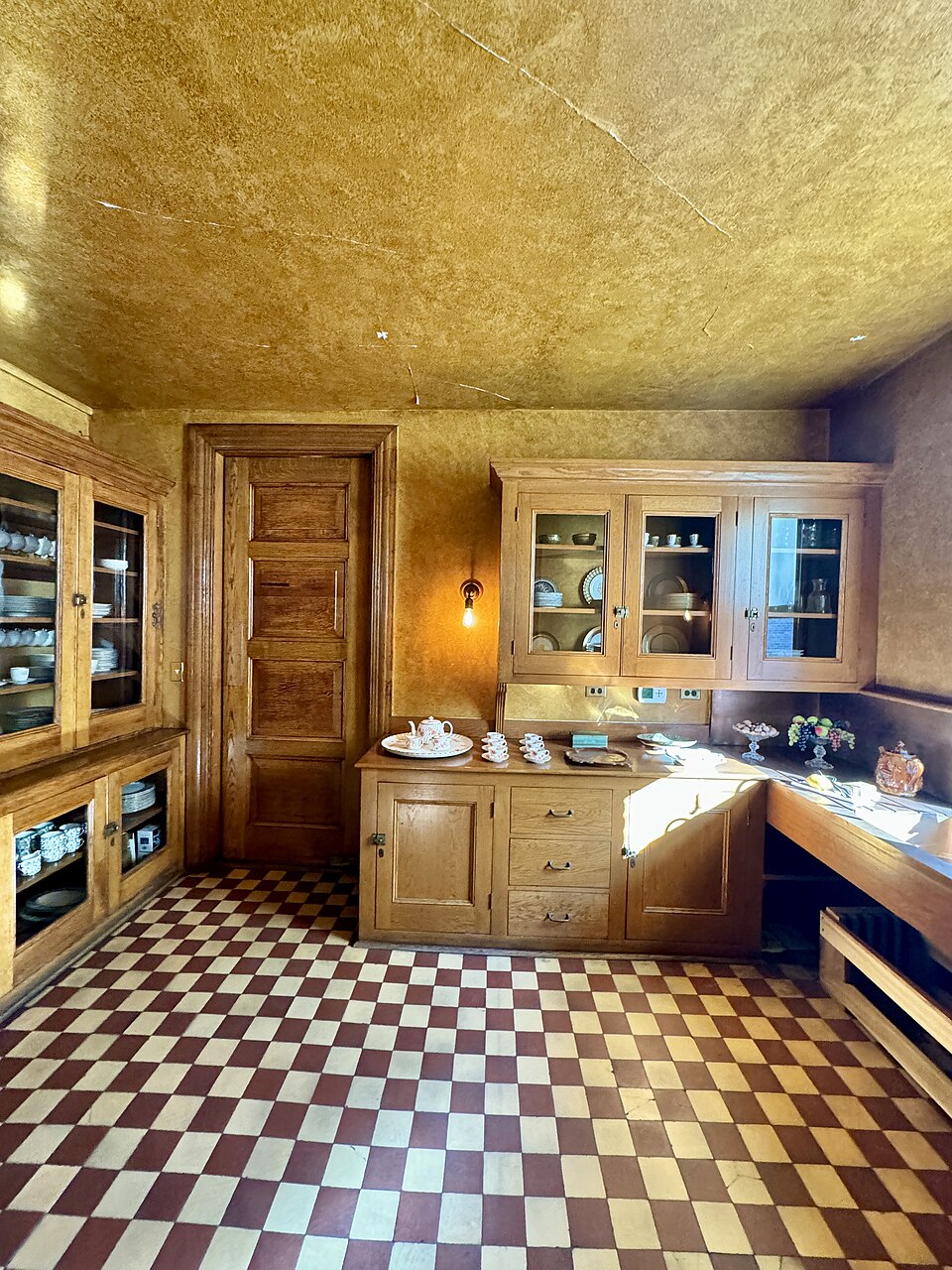
A small prep room between the kitchen and dining keeps appliances, mixers, and dishes tucked away, so the main counters stay clear. It acts as a noise buffer for late-night snacks and protects guests with better allergen separation. Open shelves above, rollout trays below, and a small sink handle for quick cleanup. Under-cabinet lighting makes labeling and food safety checks easy. With a door, the whole zone vanishes when the company arrives.
6. Wraparound Front Porches That Build Community
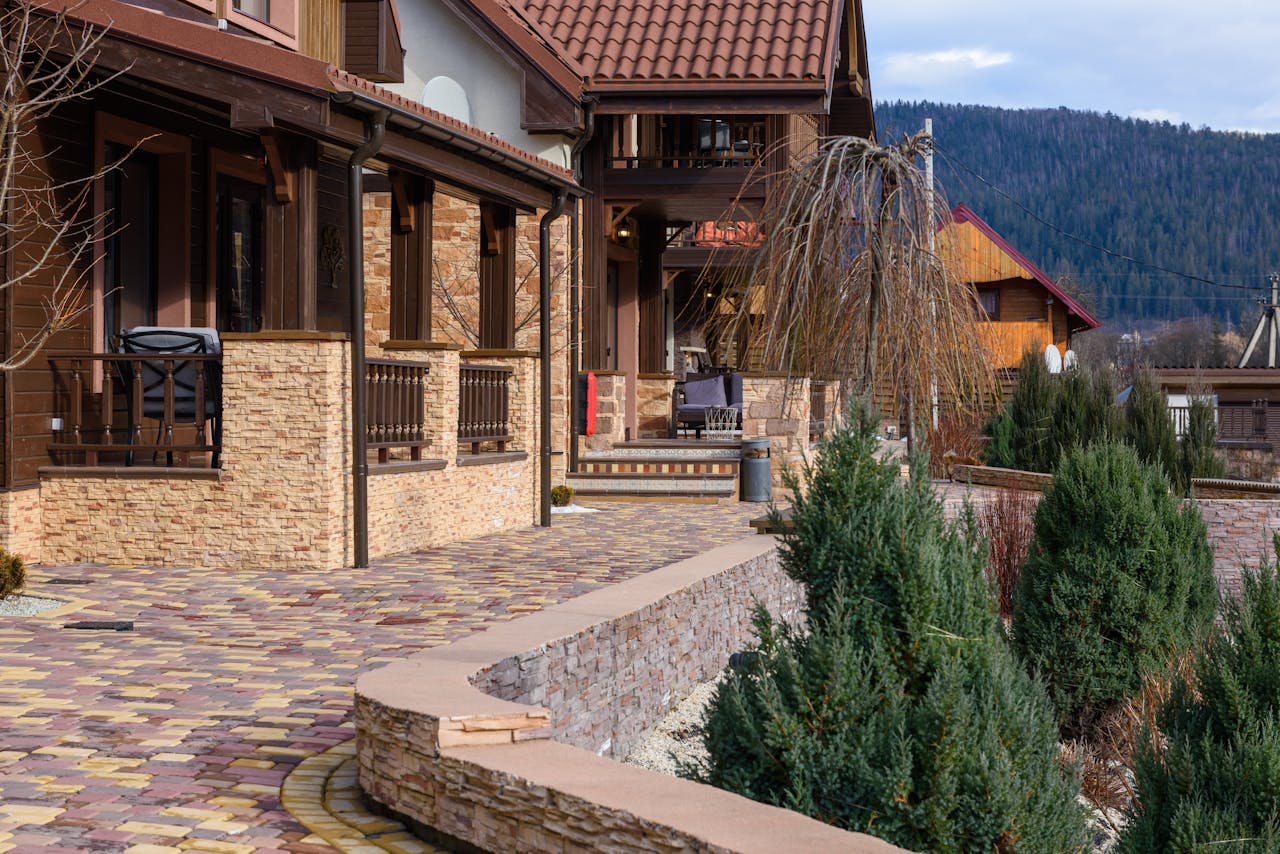
Big porches gave shade, ventilation, and face-to-face neighbor time. Deep overhangs reduce solar gain on south and west walls, lowering cooling load. A porch roof protects entry doors and keeps packages dry, which is practical for daily deliveries. Add ceiling fans, downlighting with warm color temperature, and railings that meet current height rules. Porch life improves passive cooling and brings casual chats back to the block.
7. Working, Operable Shutters
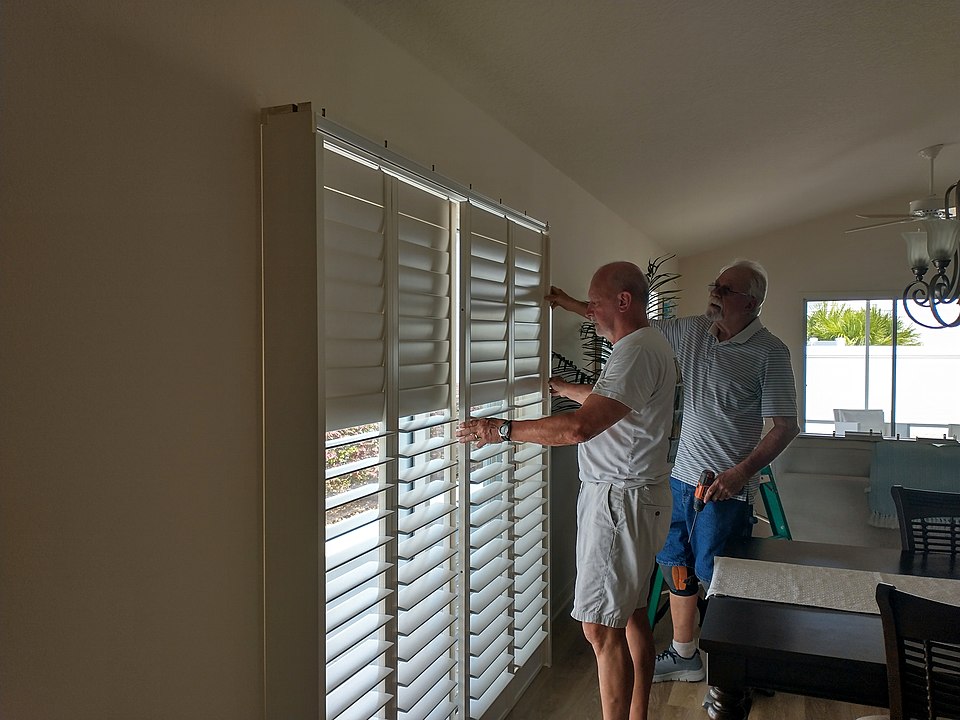
Real, hinged shutters once blocked storms, summer sun, and winter drafts. Replacing fake, screwed-on panels with operable, sized-to-window shutters restores function. In coastal zones, storm-rated hardware and through-bolts keep panels secure. Louvers angled correctly shade glass while preserving daylight. Interior shutters can add privacy on busy streets, cutting the need for heavy curtains that trap dust.
8. Mail Slots And Secure Package Cubbies
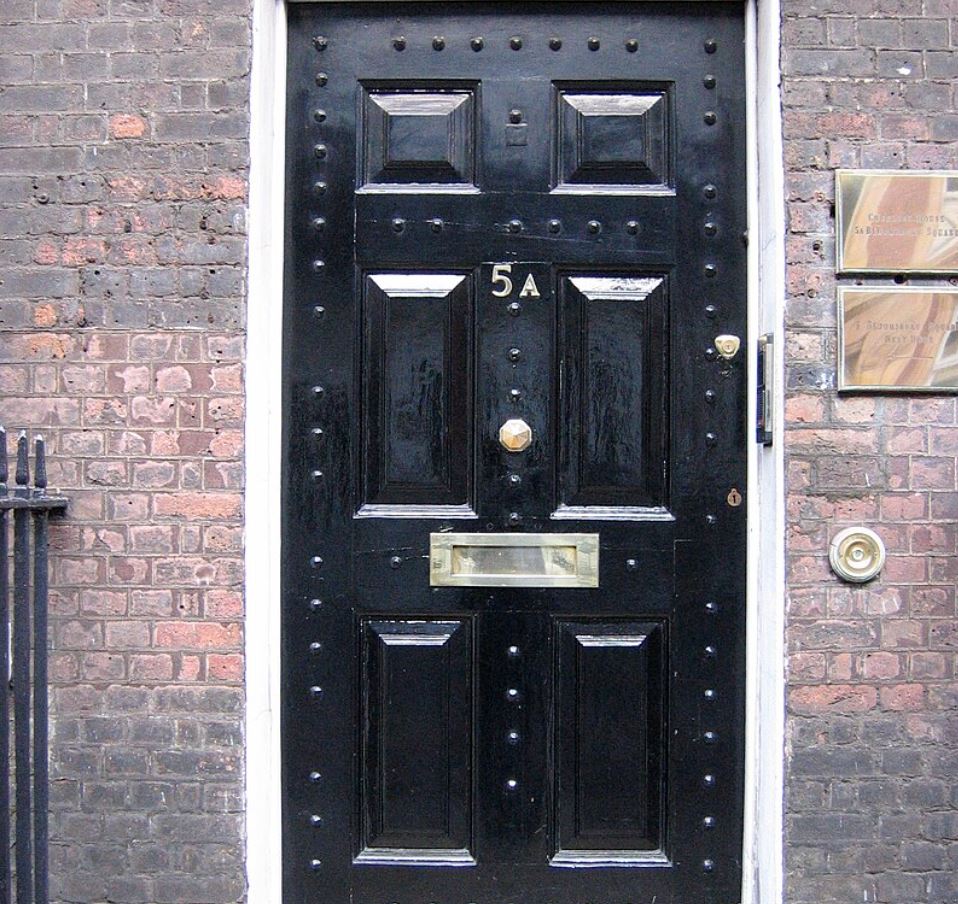
Older doors used mail slots that dropped letters indoors, protecting them from rain. Updating the idea with an insulated slot and a lockable package cubby reduces porch theft. A motion light and a visible house number help carriers and increase safety. Weatherstripped doors and gasketed flaps prevent drafts. Inside, a small shelf keeps keys, chargers, and outgoing mail organized, which streamlines daily routines.
9. Whole-House Fans For Night Cooling
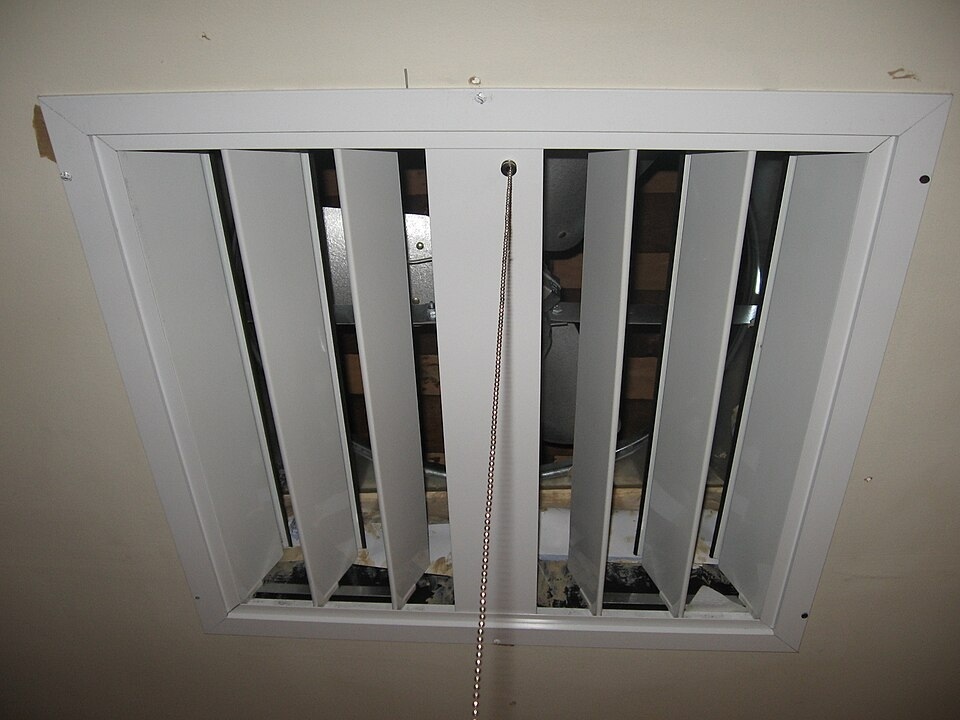
Before central air, whole-house fans pulled cool evening air through windows and exhausted hot air into the attic. Modern, insulated units are quieter and more efficient, especially in dry climates with big day–night swings. Use insect screens, window stops for safety, and a timer to shut the fan after the house cools. Proper attic vents are essential, and a tight, insulated cover prevents winter heat loss.
10. Clawfoot Tubs With Handshowers
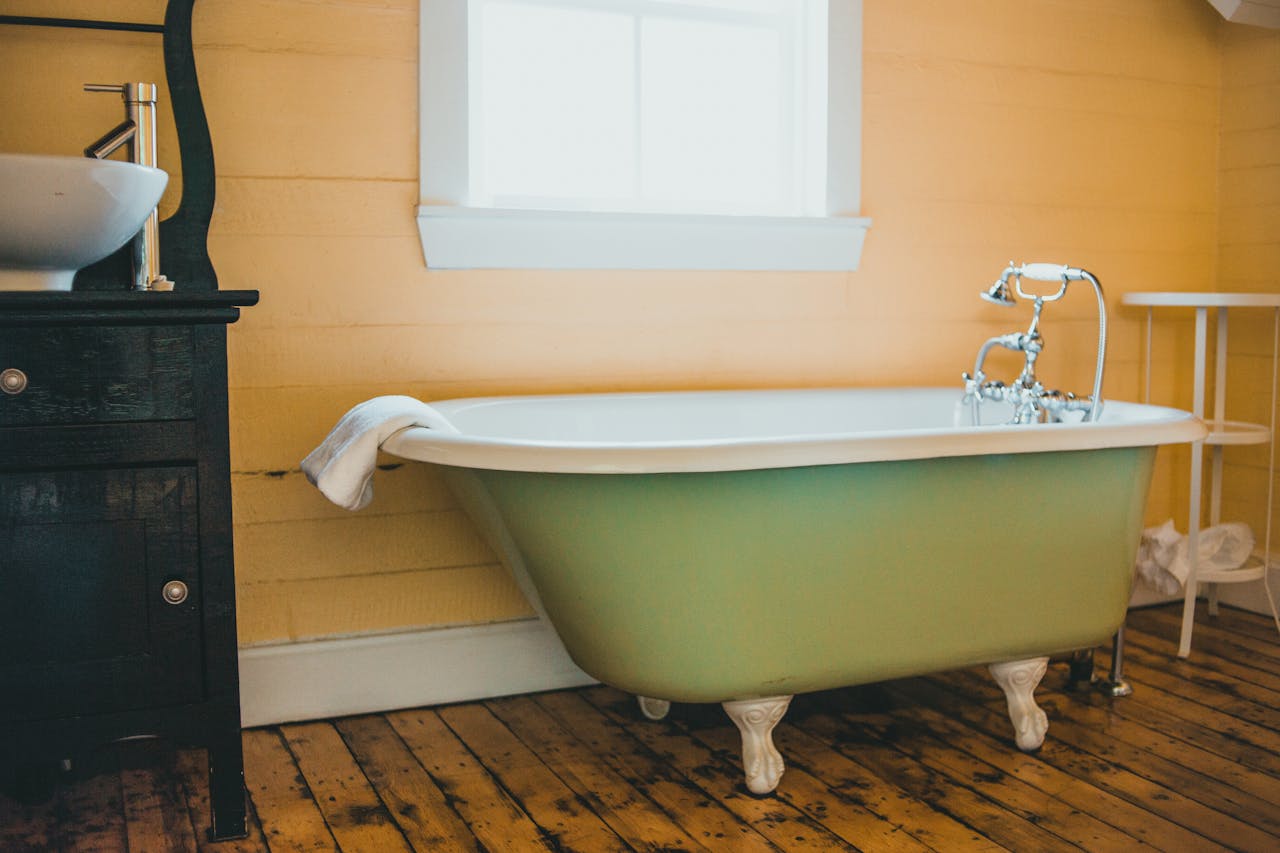
Deep, freestanding tubs offered comfortable soaks and easy floor cleaning. A modern handshower makes rinsing simple, while anti-scald valves protect kids. Add a slip-resistant mat and a grab bar that matches the fixture finish for safety. Because the tub lifts off the floor, moisture dries faster, reducing mildew. Painted exteriors and curved shower rings keep the vintage look without sacrificing function.
11. Window Seats And Deep Sills
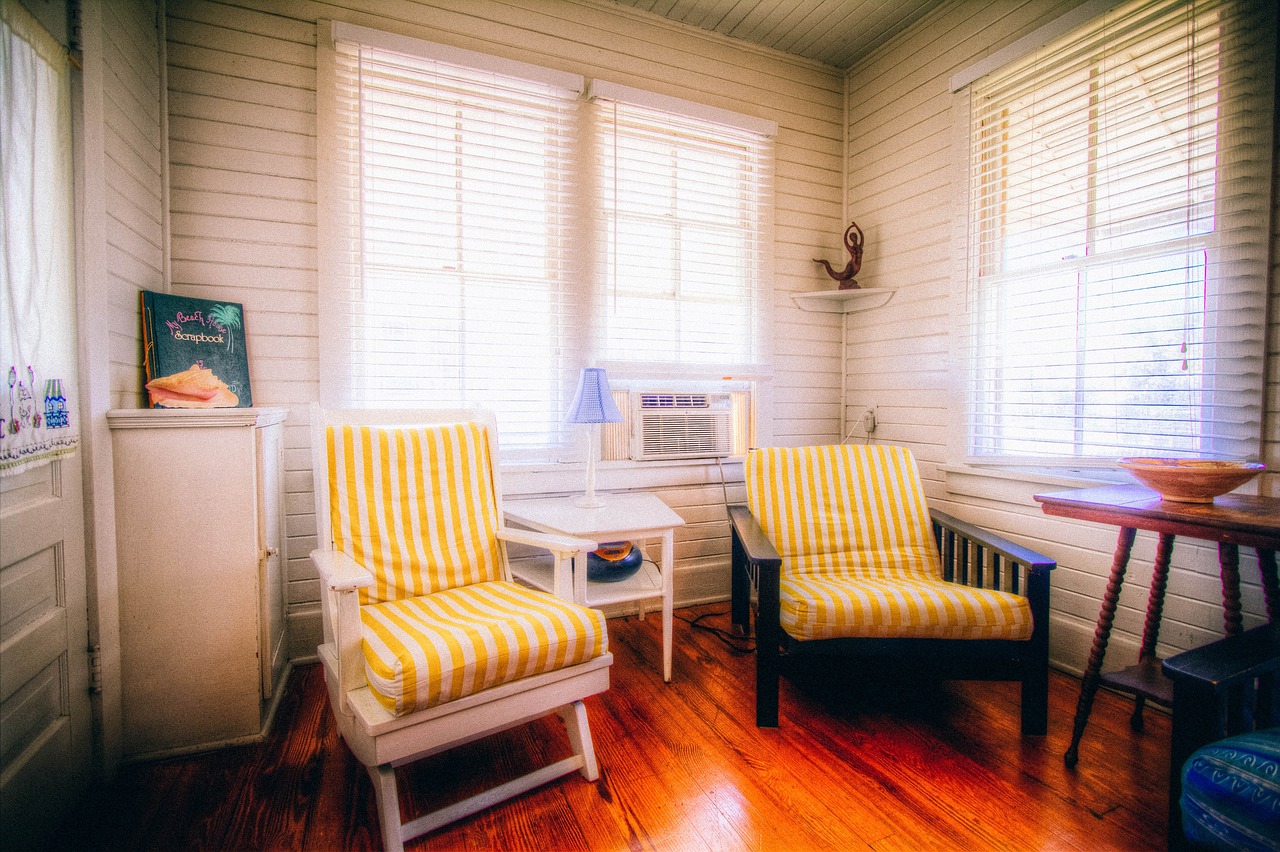
Built-in window seats turn thick exterior walls into sunny study spots with storage beneath. Cushion height near 18 inches supports comfortable reading, and side cubbies hold books, games, and chargers. Low-e glass and lined shades control glare and heat. Where glass is close to the floor, specify tempered safety panes. A narrow sconce or puck lights under the seat add gentle night lighting without taking desk space.
12. Mudrooms That Trap Dirt And Drips
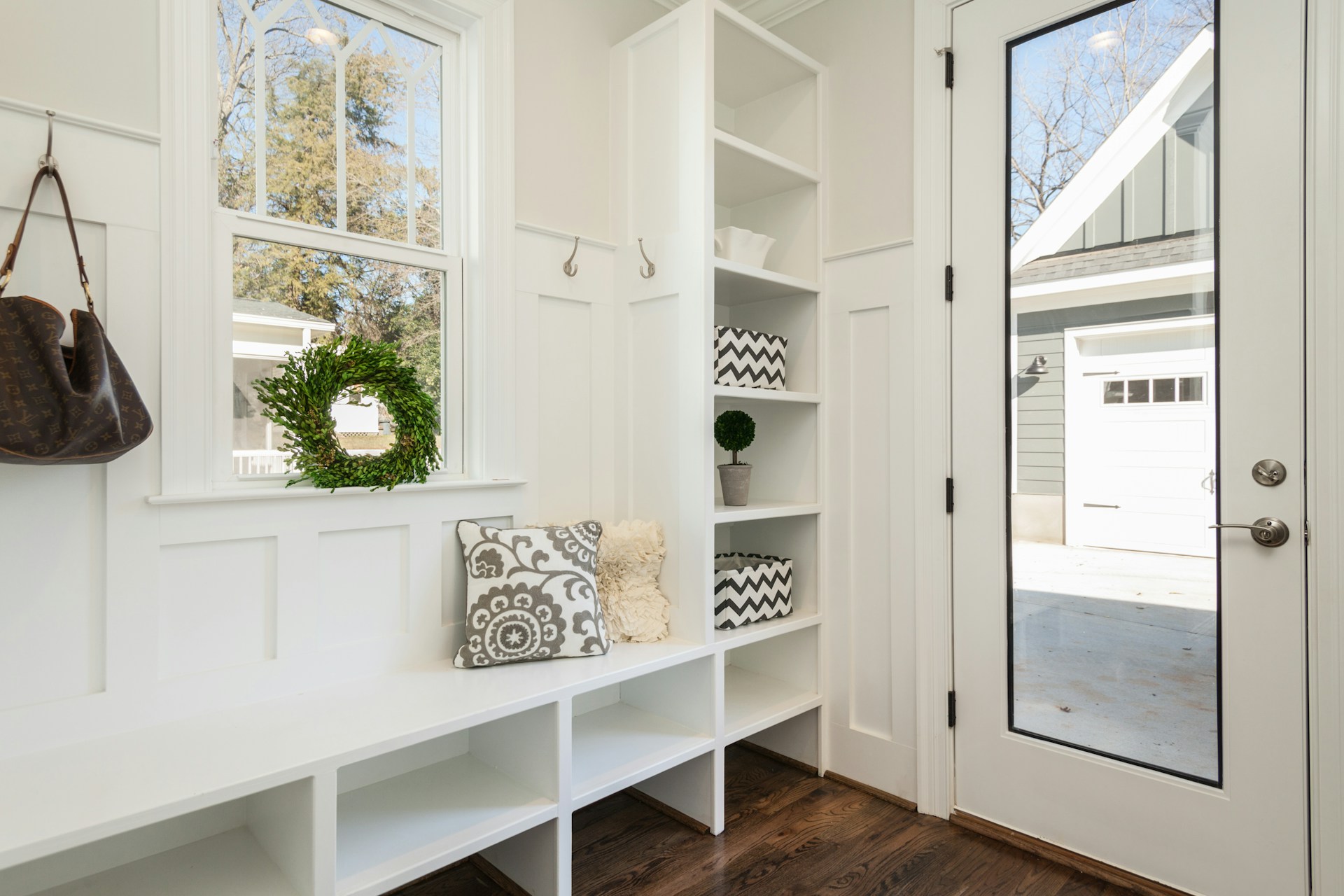
Small vestibules once caught raincoats, boots, and sports gear before mess hit living rooms. Bring them back with a bench, open cubbies, and drip trays for wet shoes. A washable runner protects floors, and a door closer keeps conditioned air inside. Hooks at multiple heights help younger siblings, while a charging shelf organizes school tech. With storage for pet leashes and a utility sink, cleanup becomes quick, and allergies stay lower inside.
